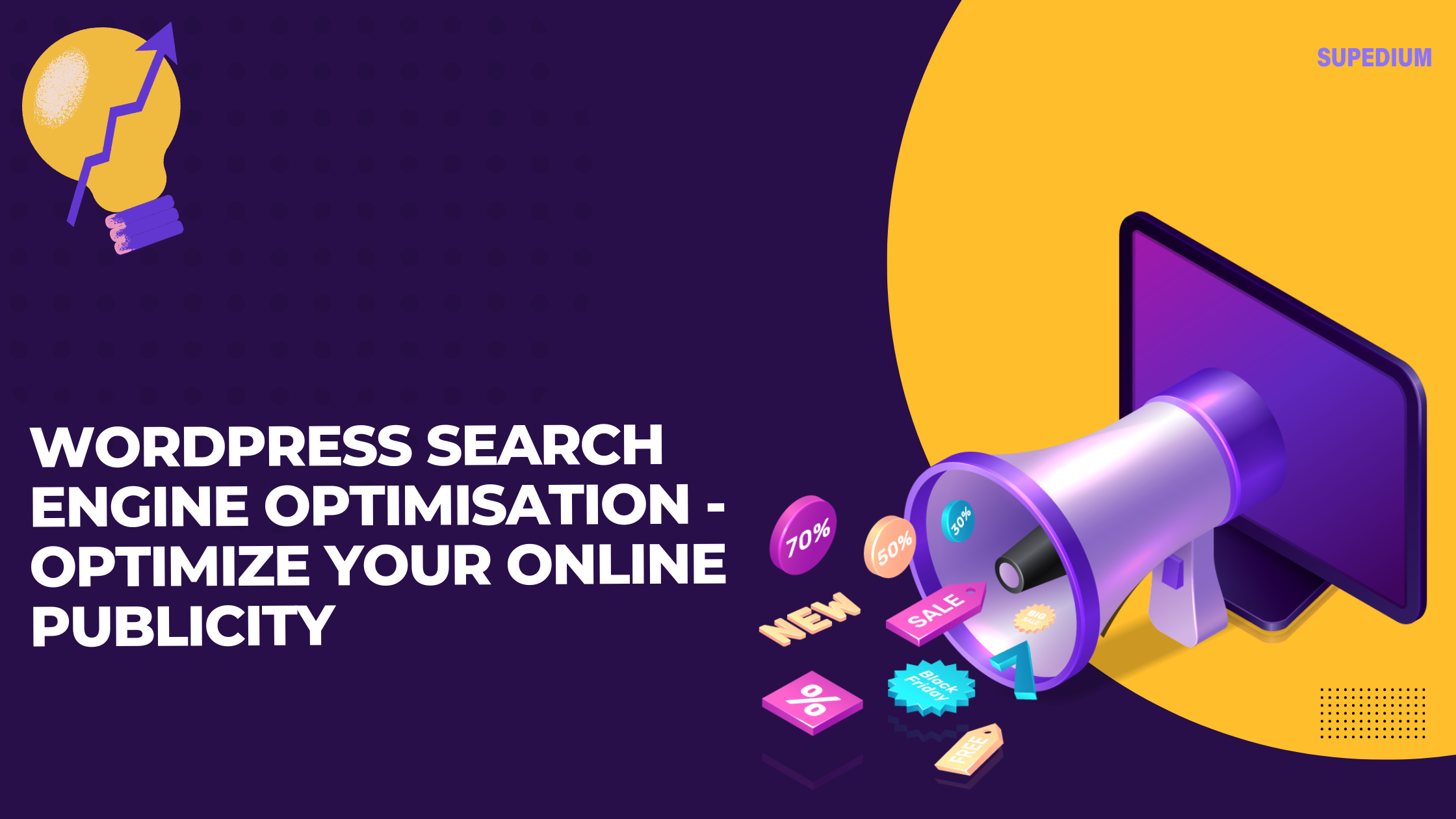Table of Contents
![]()
The choice of effective and highly performing channels is a very difficult challenge for E-commercial brands. As the market has an overwhelming amount of outlets. Shopify and Magento are two of the most successful and competing websites. Before investing in an eCommerce company, it is very important to consider all features.
Each online organisation relies on its website to succeed. You would surely be able to pick the best site for your online store reviews. It is also important to consider the company requirements and choose a suitable forum. Today, Magento is facing intense Shopify competition, but Magento’s arrival has changed the game thanks to its outstanding features and has been the favoured choice for its store owners. The contrast between the two helps to make the appropriate choice on the forum. As your store’s success depends solely on your chosen forum.
Supedium have come out with 6 comparisons for each platform:
(1) Ease of Use
The use of an excessively hard to use site will prohibit you from building your perfect ecommerce shop, which will harm your brand reputation.
Shop is much simpler than Magento to use. This is a fact. This is a truth. Shopify is a one-stop, drag and drop website creator that allows moving things across the page as you want easily personalise your shop.
Shopify is essentially tailored to consumers with all technological skills, while Magento is appropriate only for web developers.
The learning curve is very high in comparison for Shopify for Magento. You’re going to have to decode jargon and use coding to create the online shop that you like, or to employ a developer to create a store.
Shop is better than Magento to use. Magento is more customizable than Shopify, allowing you to configure your store as much as you like with javascript, but general usage is much trickier — which makes it impossible for most consumers to create a store to be proud of.
To Conclude: Shop is better than Magento to use. Magento is more customizable than Shopify, allowing you to configure your store as much as you like with javascript, but general usage is much trickier — which makes it impossible for most consumers to create a store to be proud of.
(2) Marketing Features
With access to effective marketing resources, your organisation can meet and boost your financial results. Who shouldn’t love?
Shopify offers fantastic marketing features like the option to execute email campaigns with Seguno, Klaviyo, Continuous Touch, and several other third-party integrations. You will also personally promote and shop on Pinterest, Facebook and Instagram. We just enjoy the capability of Shopify to help multilingual websites and help you in multiple languages. goods.
On the other direction, for the rest of its marketing resources, Magento depend on its market position. For example, to run email campaigns, you would need to instal extensions such as Remarkety. Furthermore, if you just like to provide tailor-made software Shopify provides several built-in marketing resources to promote your product. It is possible that a web developer will help you incorporate the marketing tools.
To Conclude: Shopify earned this one only. For their most significant commercial functionality, including the ability to create email ads, Magento and Shopify focus on their respective consumer markets, but Shopify helps you to advertise social media as an incorporated tool.
(3) Transaction Fees and Payment Processors
Payment processors encourage your shop to take payments online. Fortunately, both Shopify and Magento will conveniently connect your store with just a few clicks to a payment processor. So what is the right platform?
In addition to standard transactions costs, Shopify has its own payment processor, Shopify Payments, which requires no transaction fees.
Transaction Fees For Shopify
| Basic | Intermediate | Advanced |
| 2.9% + 30¢ per transaction | 2.6% + 30 ¢ per transaction | 2.4% + 30¢ per transaction |
You simply account for any purchase expense paid to you by the issuer of a credit card when using Shopify Payments and you don’t shop – which means the above costs are forgiven.
Shopify accepts more than 100 different payment gates, along with a processing fee levied by Shopify, as opposed to Shopify Payments. Popular names such as PayPal , Stripe, Amazon Pay and Apple Pay are included here.
Magento funds more than 150 payment gates, but most are for big corporations, such as WorldPay. You just need to instal it from the marketplace in order to align your store with the most popular payment processors such as Stripe and Square.
In addition, when utilising your own Magento inventory, Magento allows you to directly sell via Amazon. This is pretty cool, so that you can attract far more buyers in the Amazon market.
To Conclude: Magento has greater options than Shopify for the payment system. Shopify offers fewer choice for payment and introduces its own purchase costs because you choose a very stringent option, Shopify Payments.
(4) SEO (Search Engine Optimization)
SEO helps boost user flow between search engines and the website, which means more visitors paying and more revenue being earned in the bank.
Magento excels really in SEO and is provided with several SEO guides and guidance to start. You can edit alt tags to help Google figure the image on your picture search website, as well as configure URLs so that search engine users can quickly locate your web pages. All these functions are also combined.
Shopify is more focused on its SEO applications, on the other hand. You will need to search the app store for all of your SEO tricks when editing page titles and icon alt tags.
To Conclude: Shop in the SEO Department of Magento Sides. It provides a broader variety of integrated SEO features, including SEO prompts and URL customization capabilities. With Shopify, all of the SEO wants and desires must be checked for and built in applications.
(5) Pricing
The principal distinction among the two is that Shopify is a hosting site while Magento is hosting itself. Both hosting issues are taken care of by a host network, such as Shopify. Both hosting expenses are included in your monthly contract and you do not need excessive work or expense. Although Magento is free to use, the web-hosting, storage, plugins and domain needs to be paid for.
Shopify has three major costs, set monthly rates to pick from. In comparison, Magento’s average output relies on multiple factors.
You would have to pay for the website hosting to use Magento (note that SiteGround is one of the few vendors that Magento supports). You will choose from three hosting plans on SiteGround.
| Shopify | Magento |
| Basic: $29/month | Startup: $9.95/month |
| Intermediate: $79/month | Grow Big: $19.95/month |
| Advanced: $299/month | GoGeek: $29.95/month |
It should be remembered that Magento proposes a company pricing package for firms. Any organisation has this pricing package, but we are focused on the ‘group’ edition of Magento right now.
You will also have to pay Magento, which typically costs between $10-$15 annually for your domain. In order to register a new domain, you’ll have to visit domain registrars like Namecheap.com.
Can you know how pricey extensions and topics Magento can be? Depending on the web development firm that built it, it can costs thousands of dollars each, but the true costs for your online shop in Magento varies tremendously.
You could look to use the Magento shop for a few thousand dollars a month. Nevertheless, don’t ignore that Magento targets big corporations that have huge budgets to match and are expected to develop rapidly.
To Conclude: This is a tie. This is a tie. Magento and Shopify offer multiple price templates, as they are two networks quite distinct. Magento is an open source site, meaning that the prices focus solely on your needs, while Shopify offers three fixed pricing options that can look cheaper on the surface but may still be needed to pay for applications and topics.
(6) Pros & Cons
Shopify
| Pros | Cons |
| App store – A broad variety of software to improve your website performance | Transaction fees – Only platform for payment, except when you use Payments Shop |
| 70+ mobile responsive themes – 10 free options, plus 64 premium options starting from $140 | Cost of apps – Installing loads of paying applications is quick |
| Multichannel selling – sell on Facebook, Instagram, Amazon, and eBay |
Magento
| Pros | Cons |
| Large user community – For almost everything, the Magento Forum has an thorough response | Unsuitable for beginners – You would have to know how to code, and the programme uses web-based technology jargon which is not easy to start with |
| Very flexible platform – You can build a shop without restrictions as long as you know how to code | Not easy to install – It is difficult to find a hosting service that supports Magento than most open source applications. |
| Ideal for medium to large businesses – An integrated portal for organisations who have web development teams or the resources to recruit a developer |
To Summarize
Shopify
- You want your shop to run as fast as possible
- You have been using a website designer for ecommerce (like Wix, Squarespace or Weebly) and want to switch to something stronger
- You just start e-commerce but want to create a fully-fledged e-commerce company
- You would like to see an all-in-one agreement and a support network available
Magento
- You have the coding experience and want a small or big company online shop.
- You want full artistic freedom by code
- You have a nationwide public or foreign dreams.
- You want to develop a broad income-based brand and can spend time and money on design.
Shopify is easier to use than Magento. You will get online more easily and have a support squad in place.
More of a project is Magento. It takes time and technological skills to bring your idea to reality, and you are largely dependent on a platform called Magento (or developers).
Share This




Be the first to comment